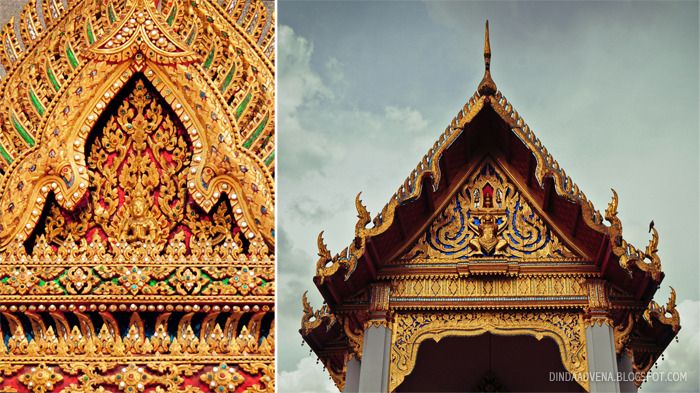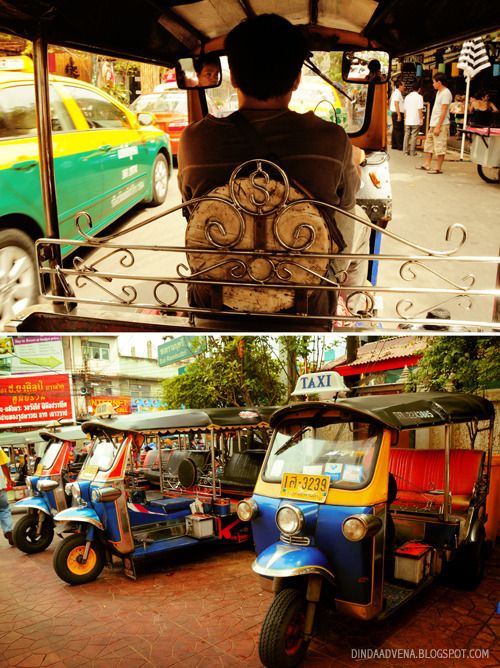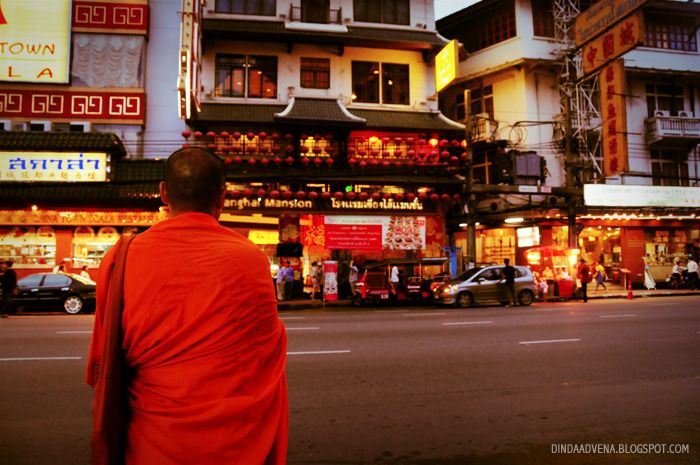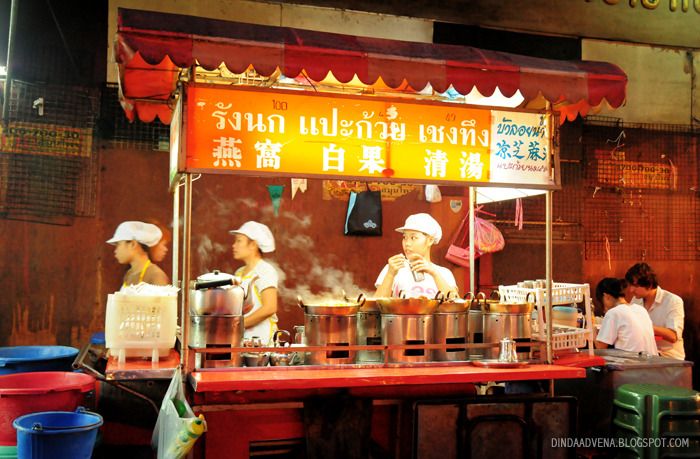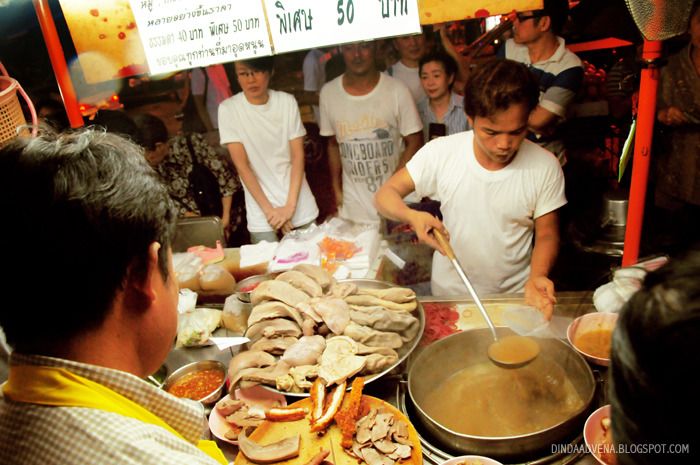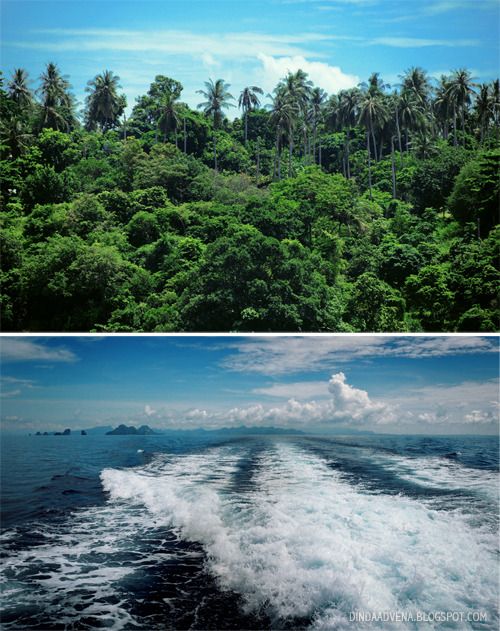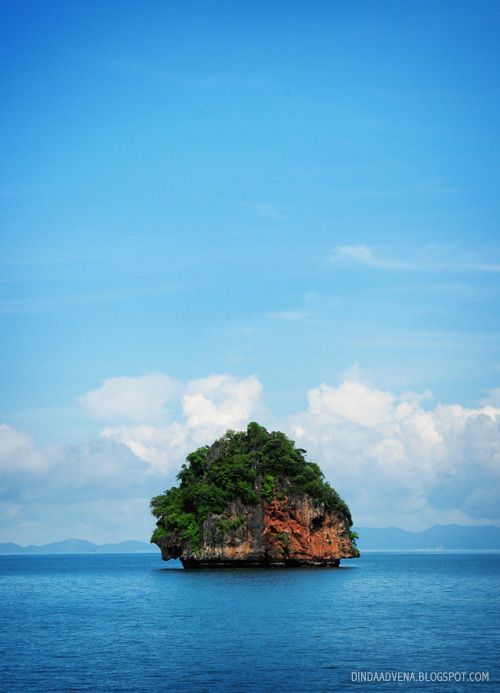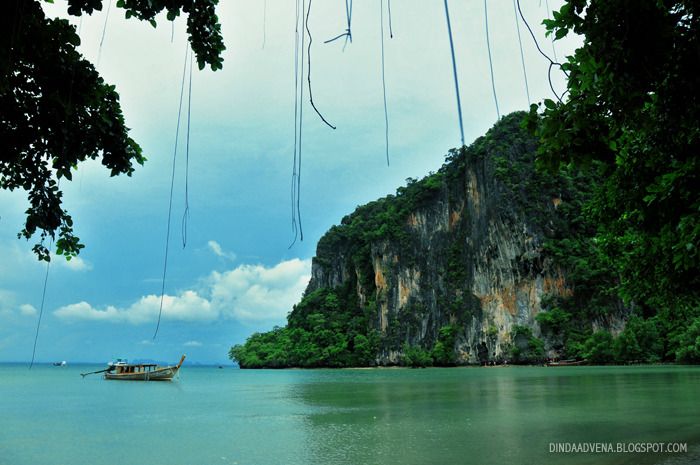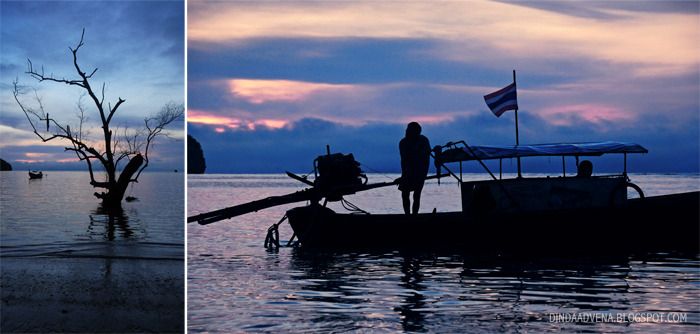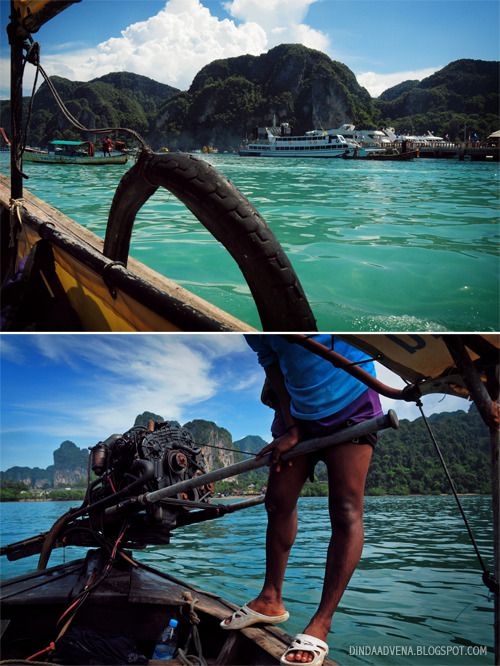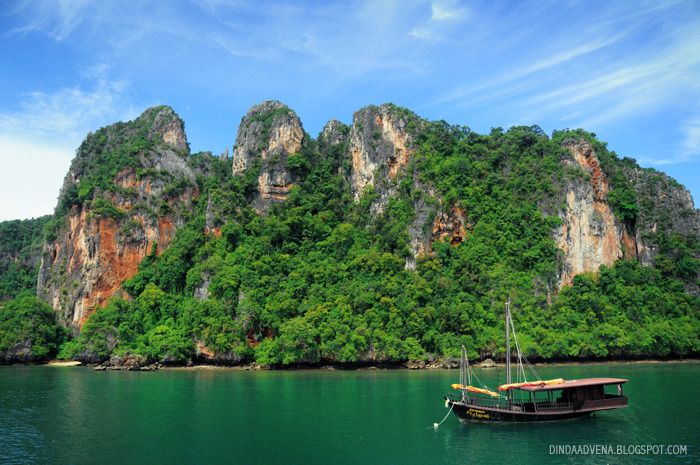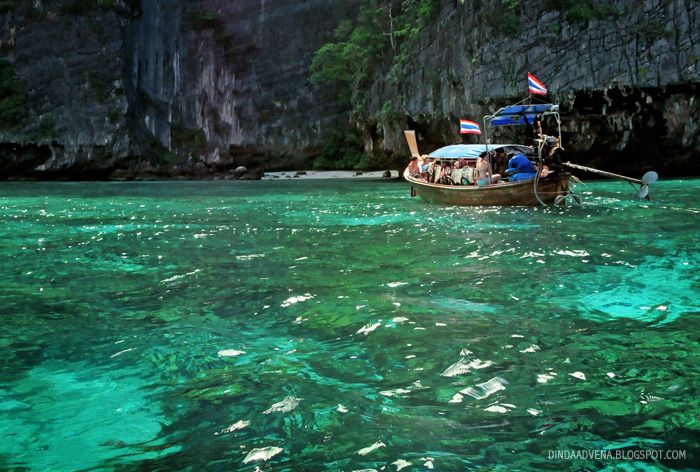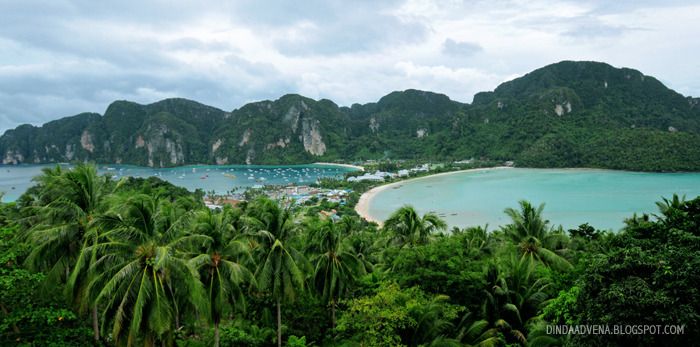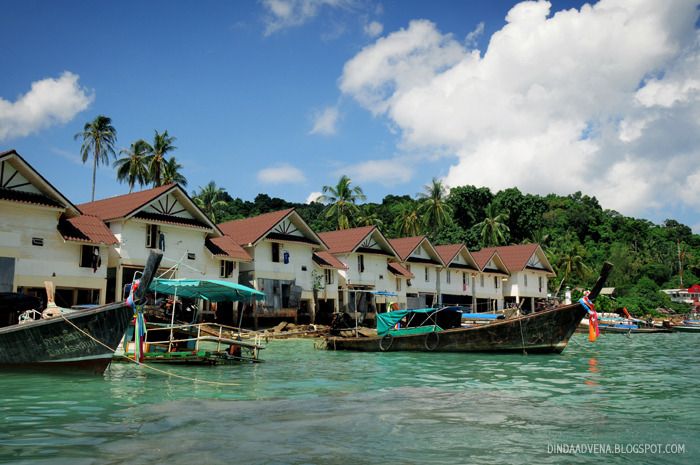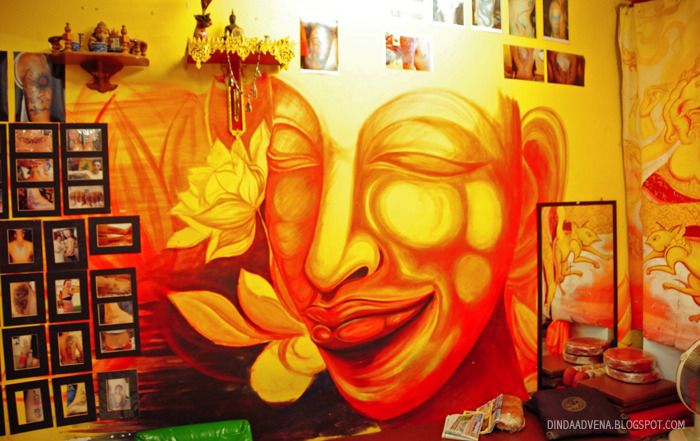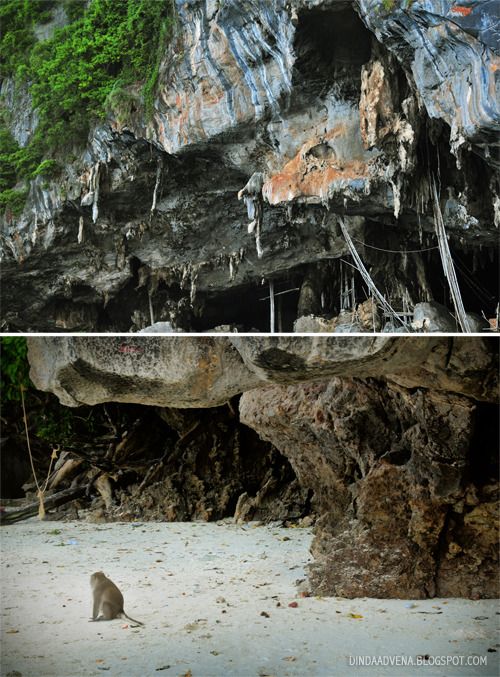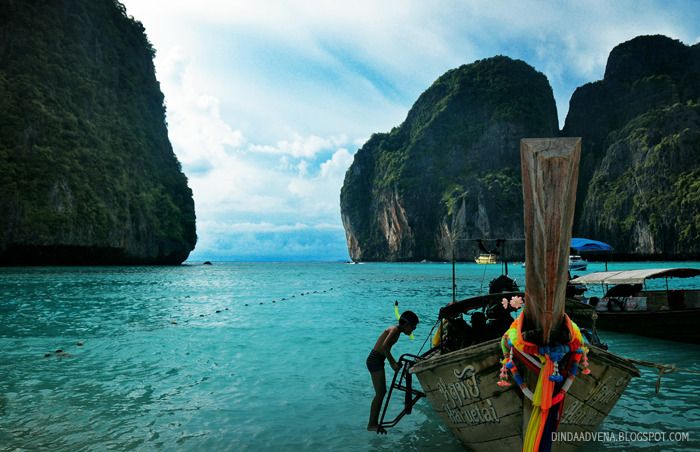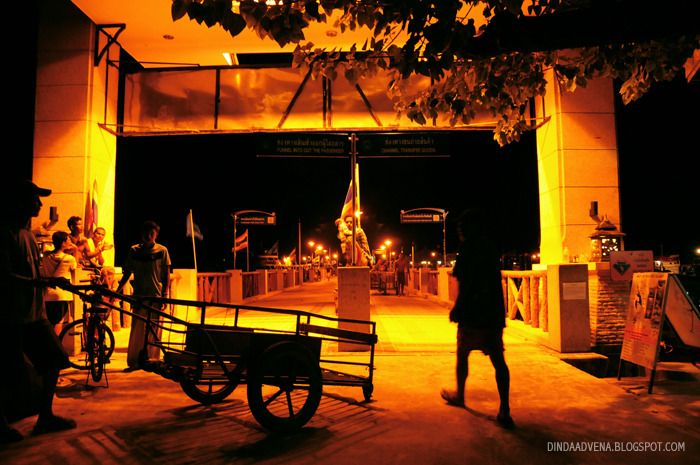Phnom Penh is the capital of Cambodia and is laid out north to south along the confluence of the Tonle Sap and Mekong Rivers. Phnom Penh is home to a population of about 2.5 million, and is a vibrant bustling and ethnically diverse city with mixed population of Khmer, Chinese, and Vietnamese.
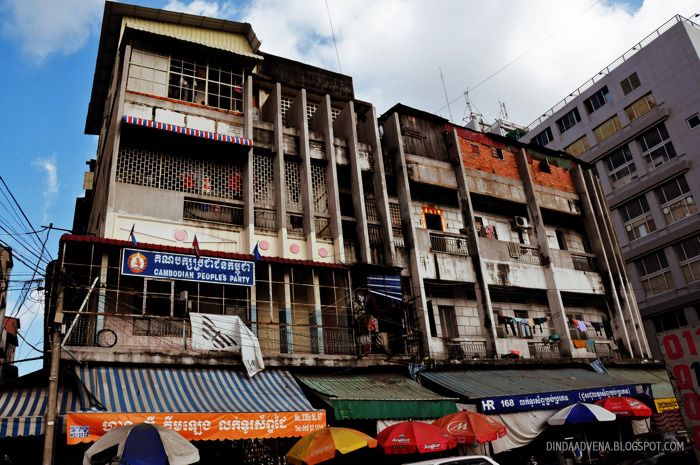
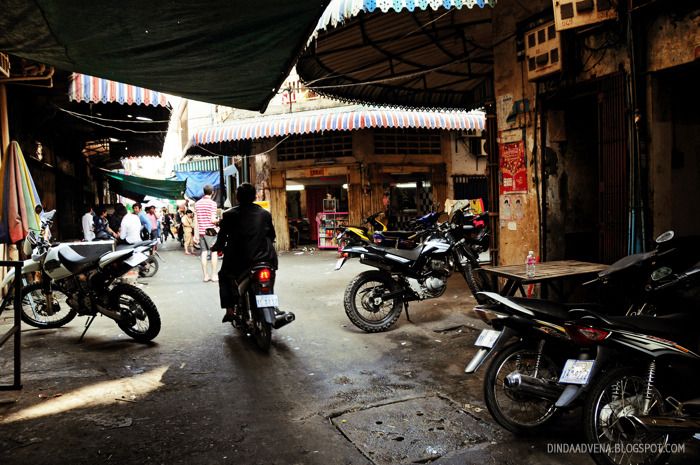
More than 60% of the population still gets by on subsistence farming. The government is addressing these issues with assistance from bilateral and multilateral donors. New construction of roads, irrigation, and agriculture are invested to bring up the rural areas.
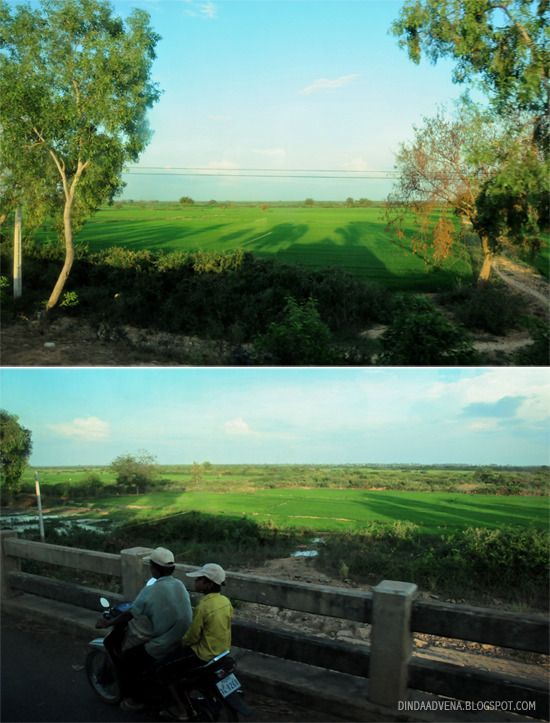
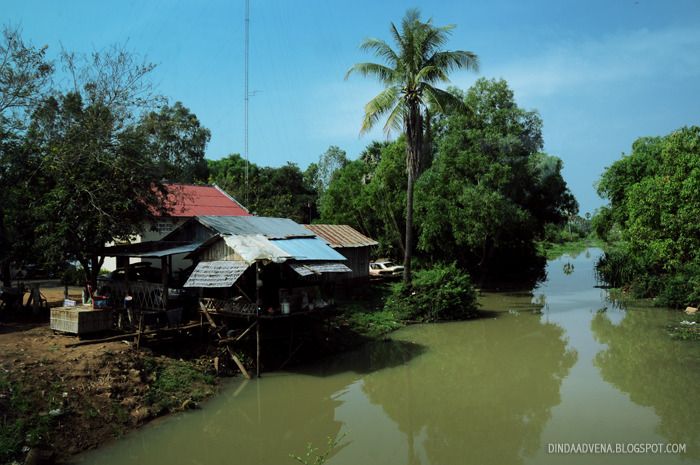

Angkor Wat
Angkor Wat is not simply a temple; it is the symbol at the very heart of the Khmer people's pride in their culture and heritage. Angkor Wat means capital or 'royal monastery city' and the name is probably derived from the Sanskrit word nagara, meaning capital city. It served as a temple, mausoleum and probably a palace to Suryavarman II, who reigned from 1113-1150 A.D. Suryavarman II dedicated Angkor Wat to the Hindu god Vishnu. Angkor Wat faces west and the entire site is encompassed by a moat 1.5km (from east to west) by 1.3km (from north to south). The moat is crossed by a single causeway on the western side.

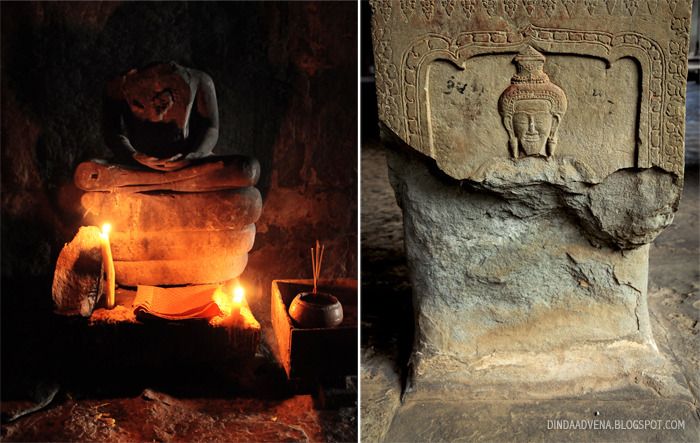
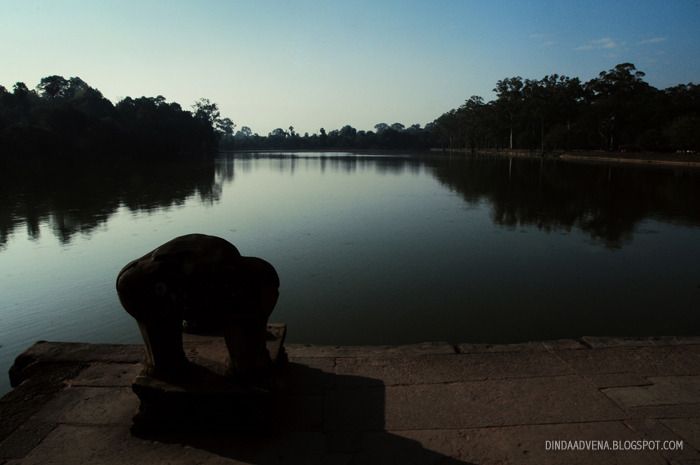
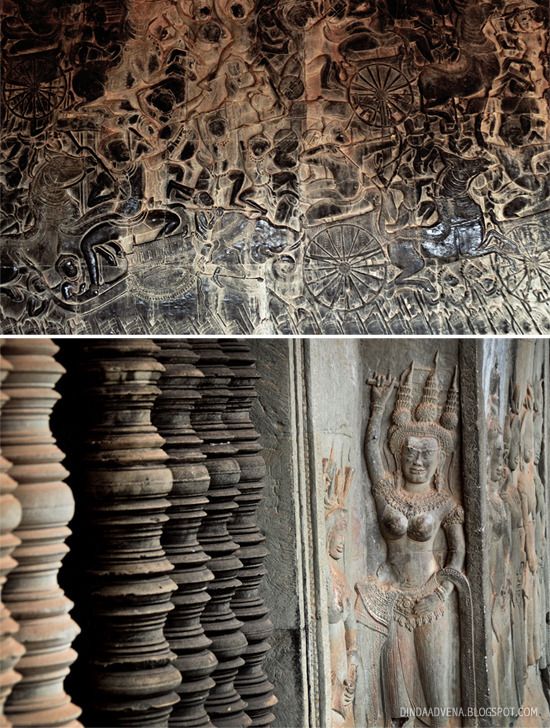
Apsara is a female spirit of the clouds and waters in Hindu and Buddhist mythology. English translations of the word "Apsara" include "nymph", "celestial nymph," and "celestial maiden." Apsaras are beautiful, supernatural female beings. They are youthful and elegant, and superb in the art of dancing. Khmer female figures that are dancing or are poised to dance are considered apsaras, female figures, depicted individually or in groups, who are standing still and facing forward in the manner of temple guardians or custodians are called devatas.
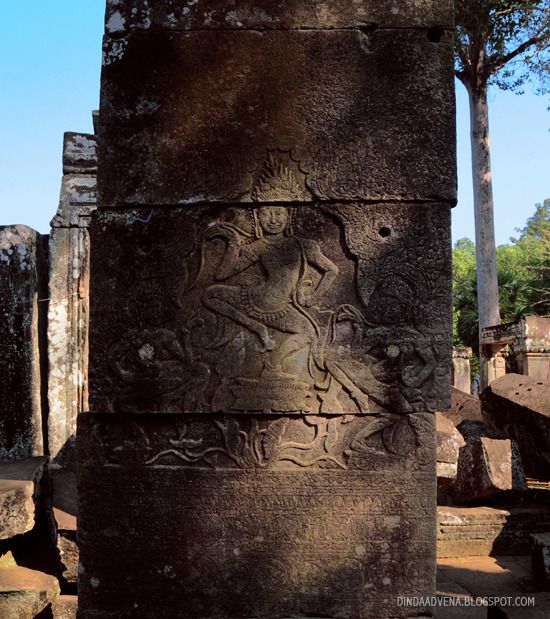
Angkor Thom
Built in the latter part of the 12th century by King Jayavarman VII, Bayon is one of the most widely recognised temples in Siem Reap because of the giant stone faces that adorn the towers of Bayon. There are 54 towers of four faces each, totaling 216 faces. There is still a debate as to who is being depicted in the faces. It could be Avalokiteshvara, Mahayana Buddhism's compassionate Bodhisattva, or perhaps a combination of King Jayavarman VII and Buddha.
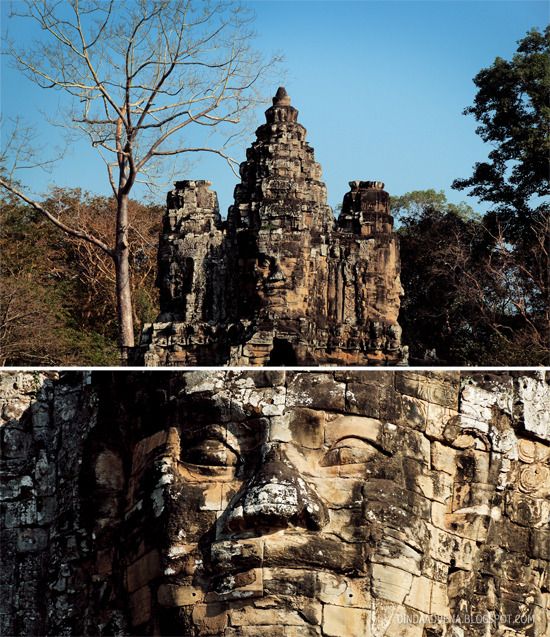
The Elephant Terrace and Terrace of the Leper King are situated in the heart of the Angkor Thom. They were the long platform on which the Royal Palace was built. From this magnificent viewpoint the Angkorian kings watched military exercises and celebrations.
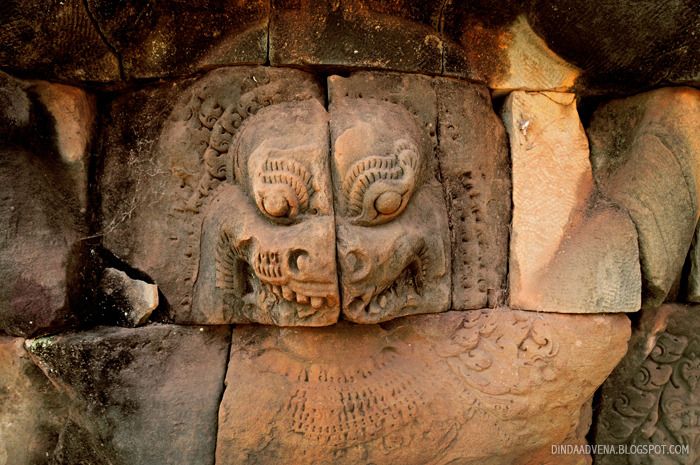
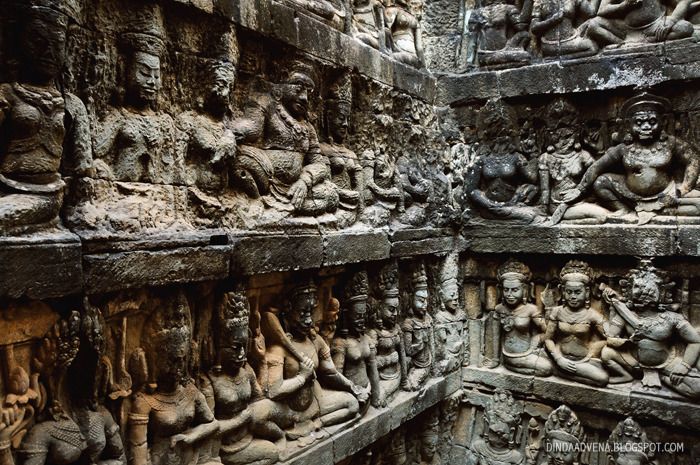
Ta Prohm recreates the experience of the early Angkor. Its structure is being subsumed by trees, making it very photogenic. It was constructed early in Jayavarman VII's extravagant building programmed and was dedicated to his mother. Ta Prohm was basically a self-contained town. It boasted a population of over 12,000 supported by an army of slaves and villagers totaling nearly 80,000.
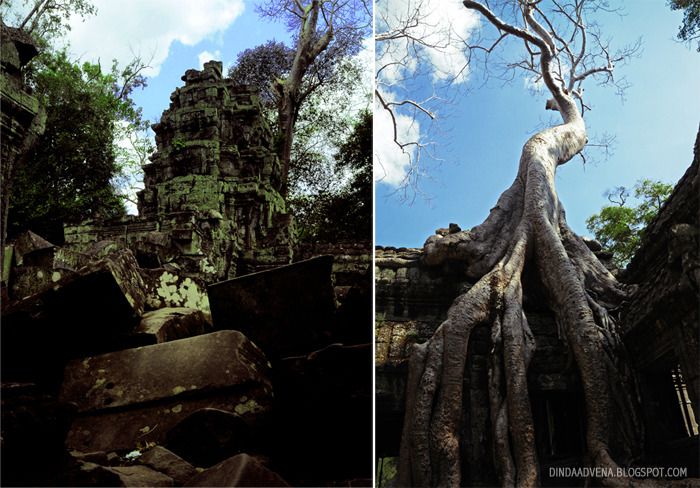
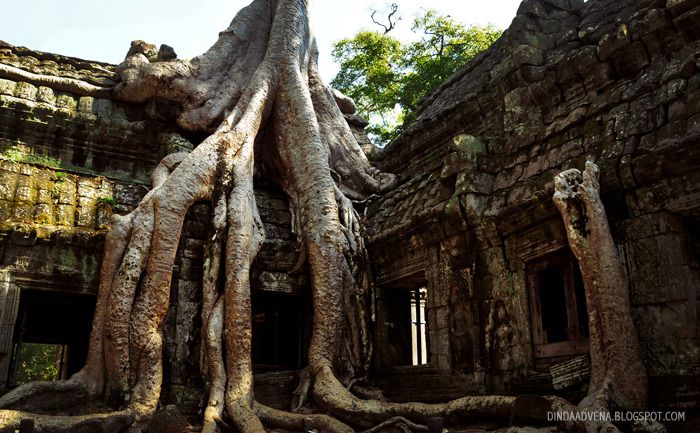
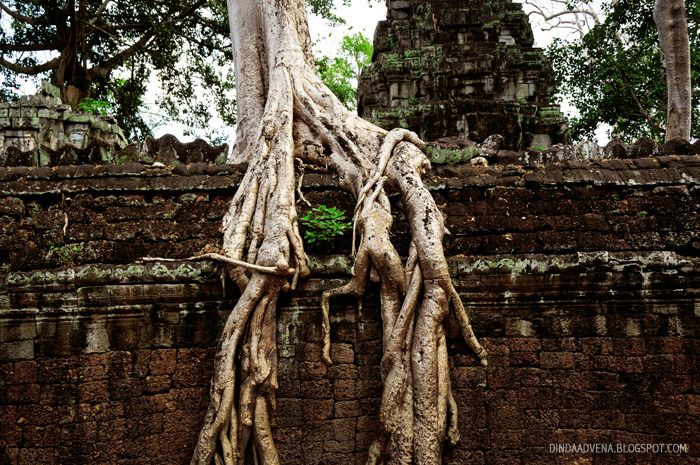
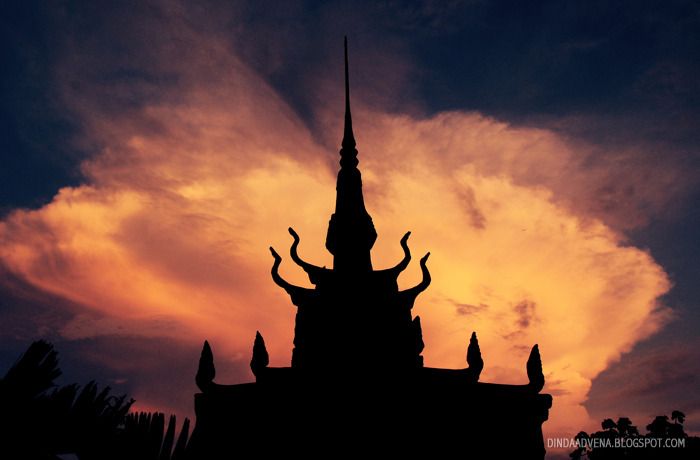
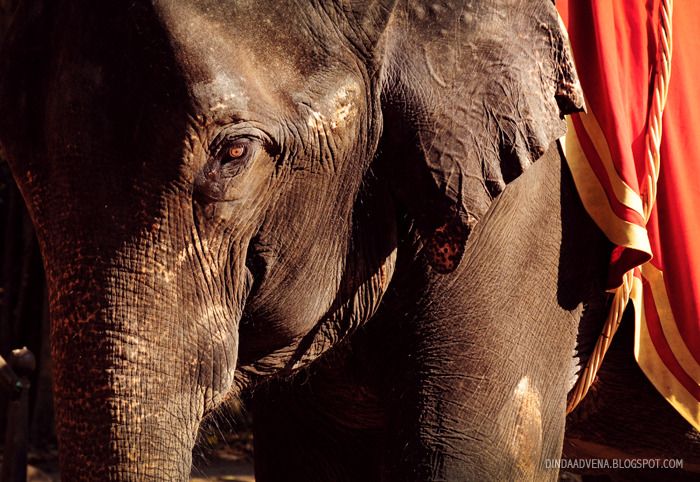
At the turn of the millennium Siem Reap was a Cambodian provincial town with few facilities, fewer surfaced roads and little in the way of nightlife. The tourism industry catered to hardly backpackers wiling to brave the tortuous road from the Thai border. The proximity of the Angkor ruins turned Siem Reap into a boomtown in less than half a decade. There is a seemingly endless choice of places to stay or dine, and a host of possible activities awaiting the visitor including the Angkor Archaeological Park.
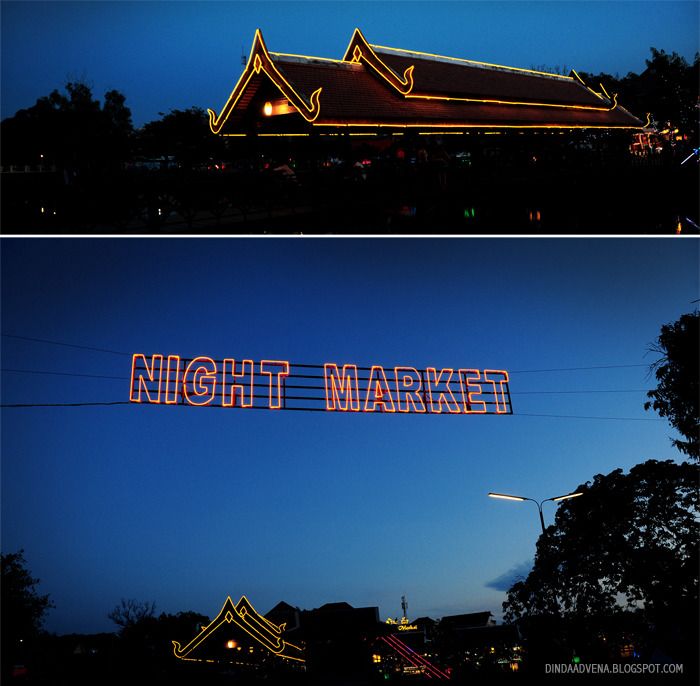

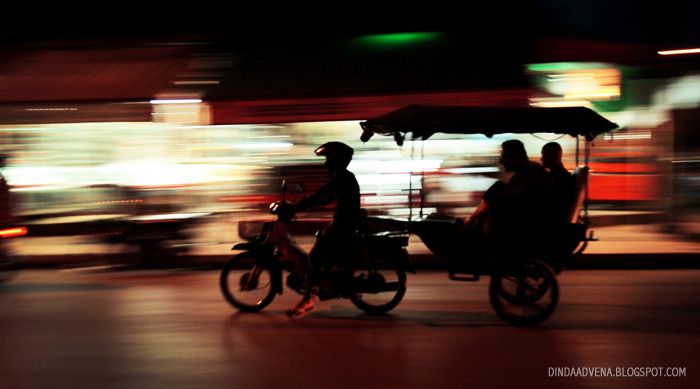
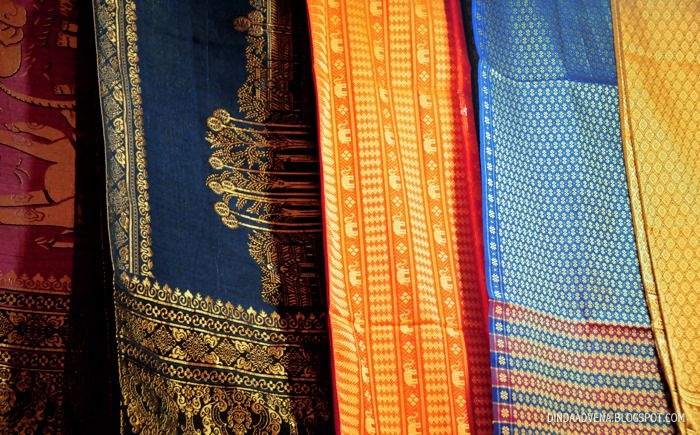
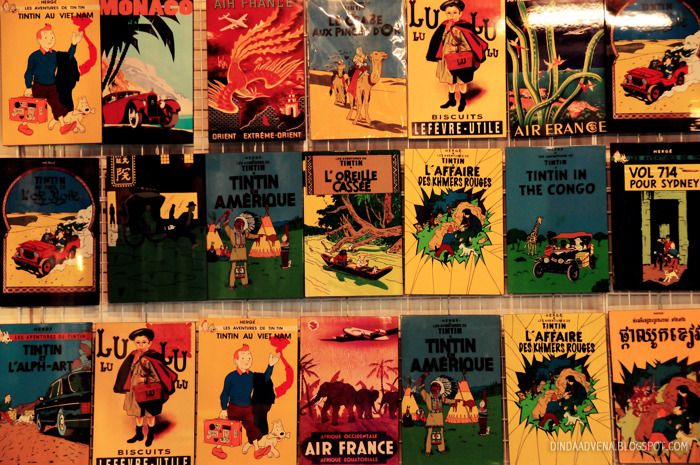

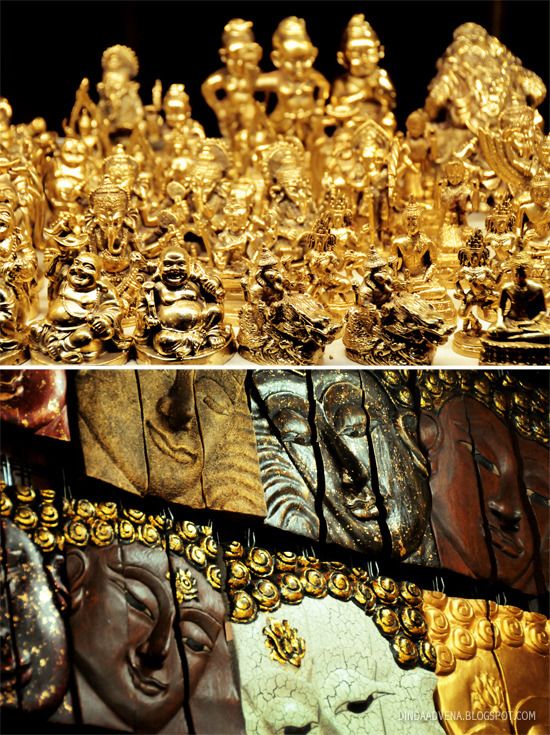
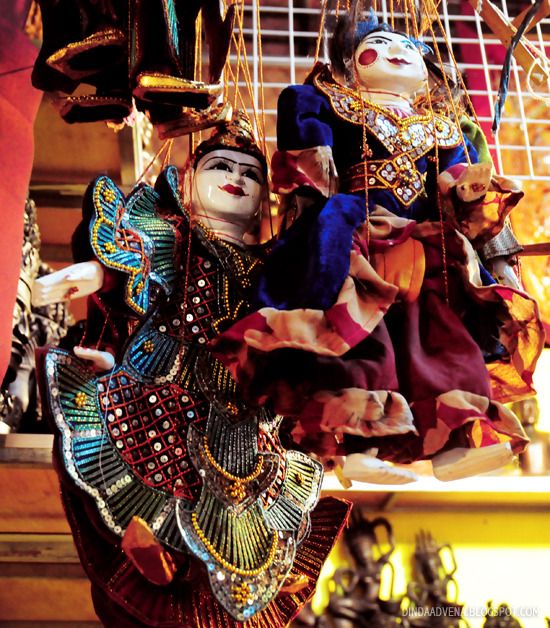
The Killing Fields
The Khmer Rouge regime under its leader Saloth Sar (Pol Pot) controlled Cambodia from 1975-1979. On April 17th, 1975 all citizens of Phnom Penh were moved out of the city by the Khmer Rouge, and forced to begin new lives farming the rural areas of the country. During this period, around 2.5 million Cambodians lost their lives. Most of the deaths were due to poor nutrition, overwork, absence of medical care and neglect. However, the regime also brutally killed thousands of people it suspected of treachery. It is important to note that there are 'killing fields' all over Cambodia.
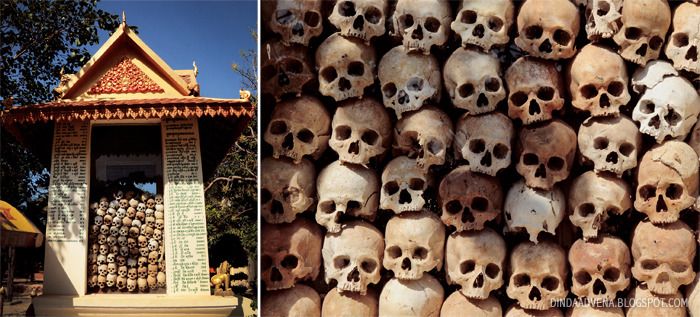

Local bizarre street foods
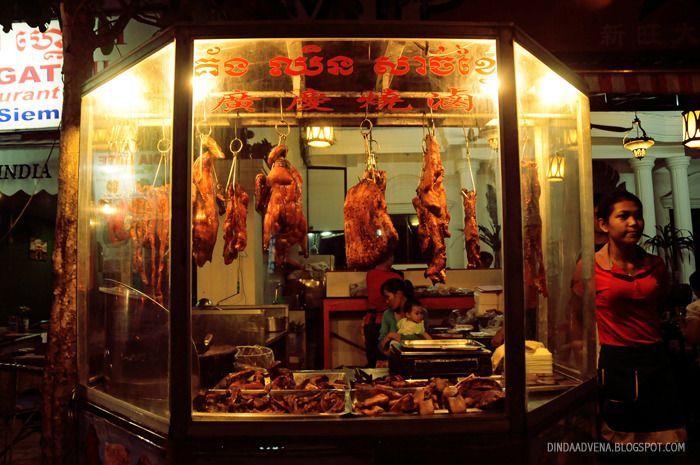
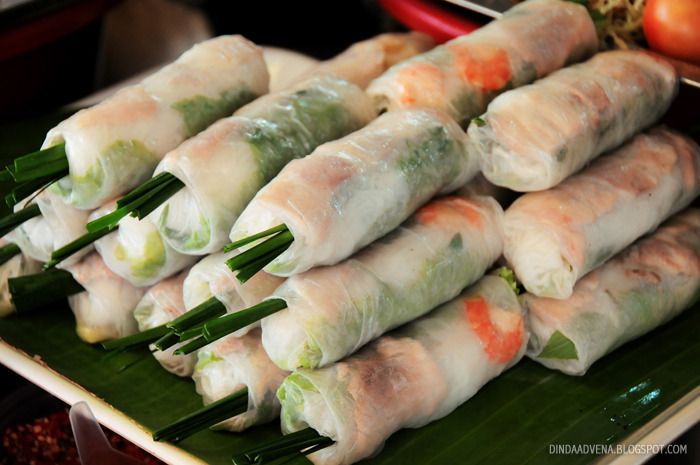
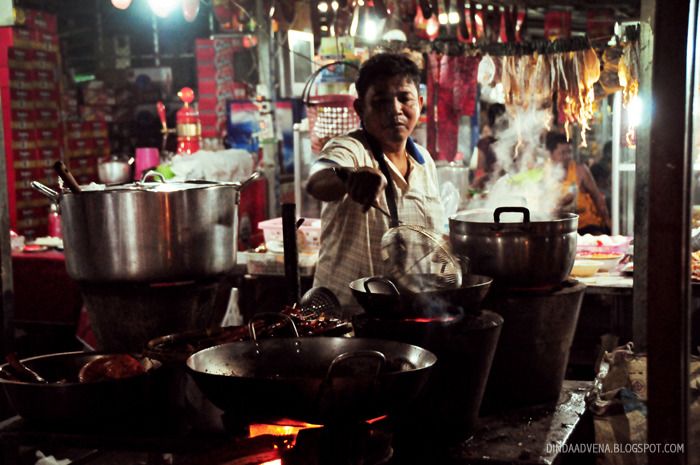
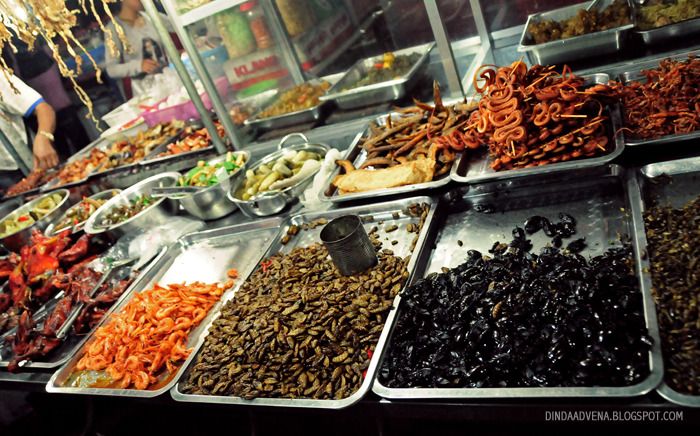
Fried spider is a regional delicacy in Cambodia. In the Cambodian town of Skuon, the vending of fried spiders as a specialty snack is a popular attraction for tourists passing through this town. Spiders are also available elsewhere in Cambodia — in Phnom Penh for instance, but Skuon, a market town on the highway 75 kilometres (47 mi) from the capital, is the centre of their popularity.
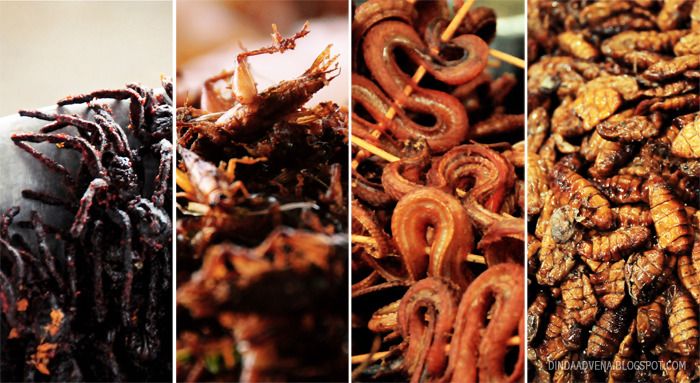

Text explanation grabbed from Ancient Angkor Guidebook and Wikipedia

